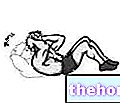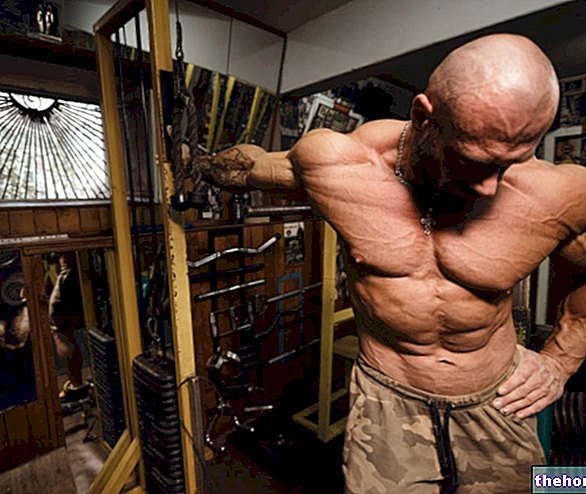- fifth part -
" fourth part
The approach to sport, in particular to football, is clearly promoted by the media, through the advertising that is made. In this context, by advertising I do not mean exclusively the actual sponsor, but everything that leads people to know the specific sport (television broadcasts, news broadcasts, magazines of all kinds, including those of gossip), since even this type of activity, perhaps coincidentally, has in itself the necessary requirements for it to be considered advertising, that is to say it brings the "right" message to the right people at the right time. As long as advertising is operated in a way that is subject to ethical rules, it is a good thing (after all the adjectives "good" and "bad" belong in themselves, always , albeit indirectly, to the sphere of ethics).

Continues "

Majoring in sports science
Traditional Karate 2nd Dan Black Belt (mainly Shotokan Ryu style).





























